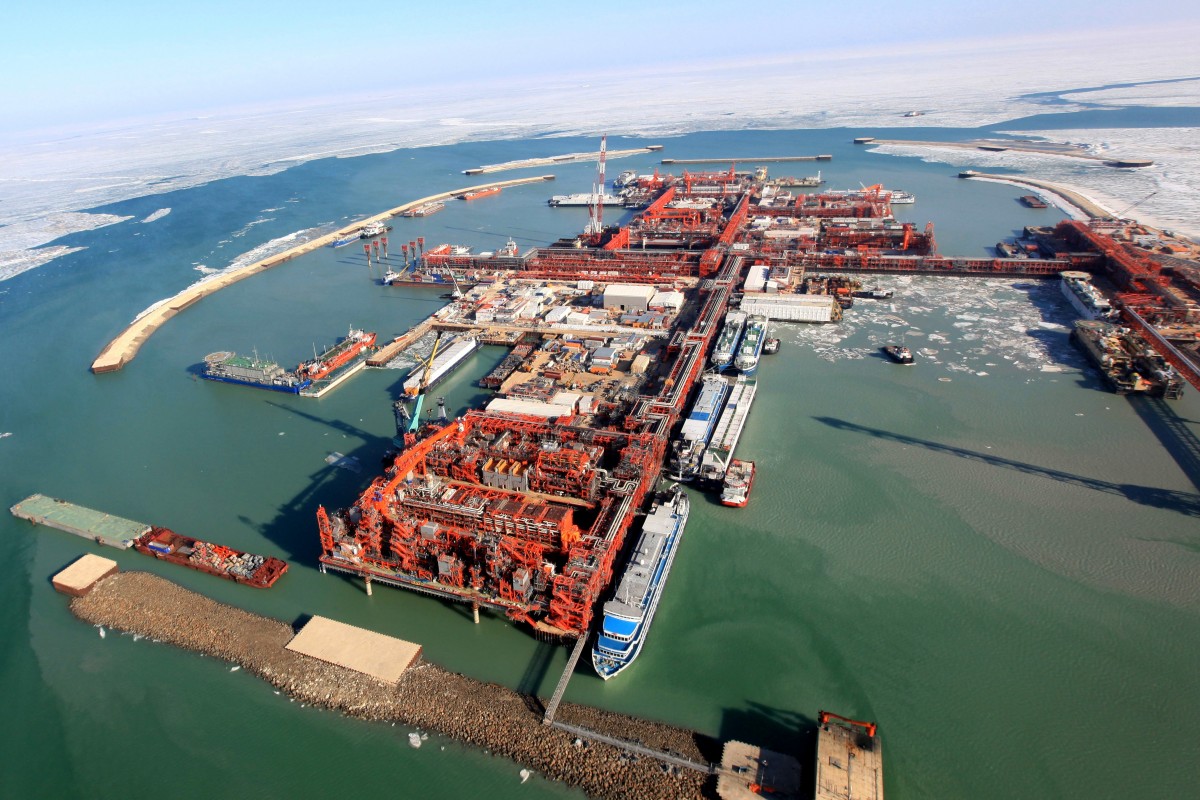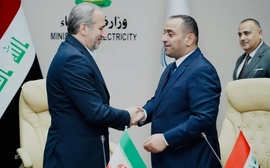Kazakhstan on Sunday restarted exploitation of the world’s fifth largest offshore oil field, Kashagan, halted a month ago due to the on-site maintenance activities launched by the North Caspian Operating Company (NCOC).
According to the energy ministry, production has already reached 70,000 barrels. The regular output will be fully restored next month, now that the site has been re-secured after a nearly month-long occupation at the site. In June, the field in the Caspian Sea is expected to reach a capacity of nearly 400,000 barrels of crude a day.
On April 14, NCOC together with the Kazakh Energy Ministry launched a major overhaul, completely stopping production at the Bolashak plant and the island called “D” – the field’s main operational complex. Efforts included the opening, inspection, repair and maintenance of vessels, safety valves, conversion of production wells to injection, and installation of additional reboilers.
The restart of Kashagan was expected to take place on May 29, but the work was completed 10 days before the deadline.
“Only this will allow us to produce three million barrels more than we planned for this year,” said Kanat Bozumbayev, Kazakhstan’s energy minister, according to a statement published on the ministry’s website.
Meanwhile, the launch of the giant oil field in the Caspian Sea took place on the same day as a ministerial monitoring committee meeting of the Organization of the Petroleum Exporting Countries (OPEC). To prop up the market, the alliance has been cutting output by 1.2 million barrels per day since the start of the year.
Sunday’s meeting of oil producers focused on the different options available for OPEC and its oil-producing allies in the second half of 2019, including a possible raising of output. At the same time, the world’s largest oil exporters – Russia and Saudi Arabia – have not agreed on terms. They will have to develop a decision by the next ministerial meeting, which will be held in Vienna in June.
Energy officials from Kazakhstan have said the government expects OPEC+ to make a decision on whether to continue or adjust oil output curbs.
“Kazakhstan, for its part, is ready to discuss possible changes in the terms of the agreement,” the country’s Deputy Energy Minister Magzum Mirzagaliyev told reporters in Jeddah, Saudi Arabia.
In April, Kazakhstan together with other non-OPEC nations that joined the agreement to cut oil production fulfilled the agreement by 151 percent, according to the report of the International Energy Agency (IEA).
Kazakhstan holds three percent of the world’s total reserves, placing it in the number 11 spot globally and making it the third largest oil producer in the Caspian region, after Russia and Iran. Sixty-two percent of Kazakhstan’s land mass covers areas containing oil and natural gas, and there are 172 oil fields throughout the country, of which more than 80 are under development.
More than 90 percent of Kazakhstan’s oil is concentrated in its 15 largest fields, which include Tengiz, Karachaganak and Kashagan.
Kashagan, Kazakhstan’s largest oil field, was discovered in 1999 along the country’s Caspian Sea coastline. Its reserves are estimated to be 38 billion barrels, while its natural gas reserves are more than one trillion cubic meters.
The field is part of the North Caspian project and is being developed by the joint venture NCOC, which includes AgipCaspian Sea, KMG Kashagan B.V., the Total EP Kazakhstan (France), ExxonMobil Kazakhstan Inc. (U.S.), the Shell Kazakhstan Development B.V. (Anglo-Dutch), CNPC (China) and Inpex (Japan).







 Azerbaijan officially unveiled the logo for the upcoming 29th session of the Conference of the Parties to the United Nations Framework Convention o...
Azerbaijan officially unveiled the logo for the upcoming 29th session of the Conference of the Parties to the United Nations Framework Convention o...
 Iran's senior military leaders described the drone and missile attack on Israel on April 14 night as “successful".
Iran's senior military leaders described the drone and missile attack on Israel on April 14 night as “successful".
 Iranian Foreign Ministry Spokesperson Nasser Kanani warned of “geopolitical rivalries”, commenting on a recent high-level meeting between Armenia, ...
Iranian Foreign Ministry Spokesperson Nasser Kanani warned of “geopolitical rivalries”, commenting on a recent high-level meeting between Armenia, ...
 Iran's President Ebrahim Raisi extended condolences to the Chairman of the Political Bureau of the Palestinian Hamas group, Ismail Haniyeh, followi...
Iran's President Ebrahim Raisi extended condolences to the Chairman of the Political Bureau of the Palestinian Hamas group, Ismail Haniyeh, followi...



